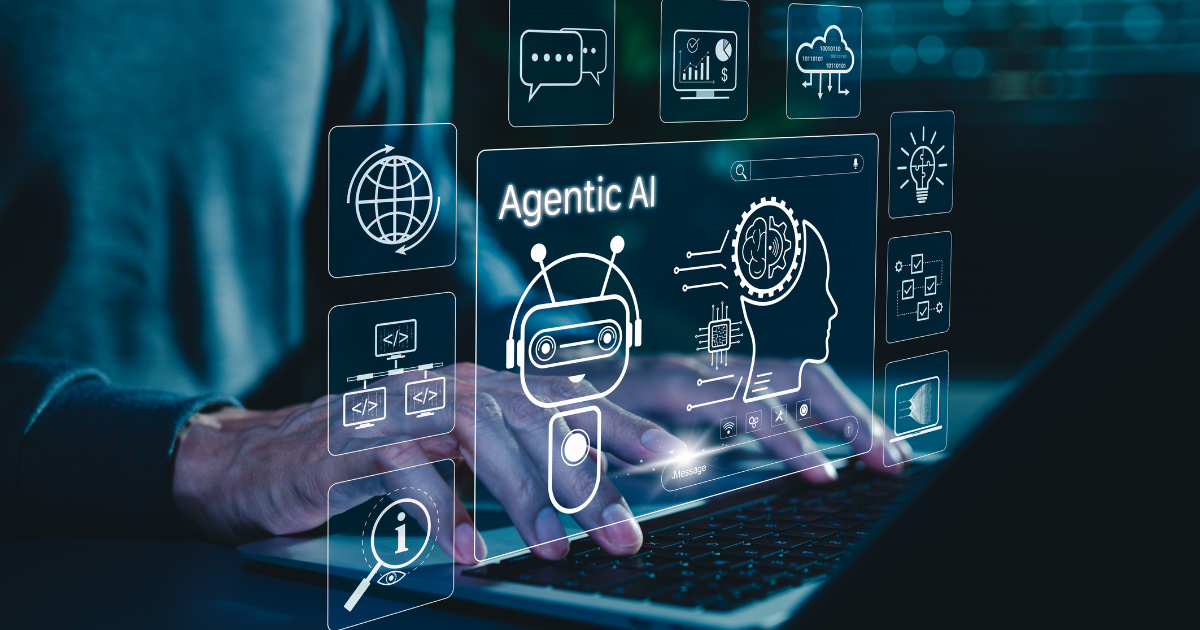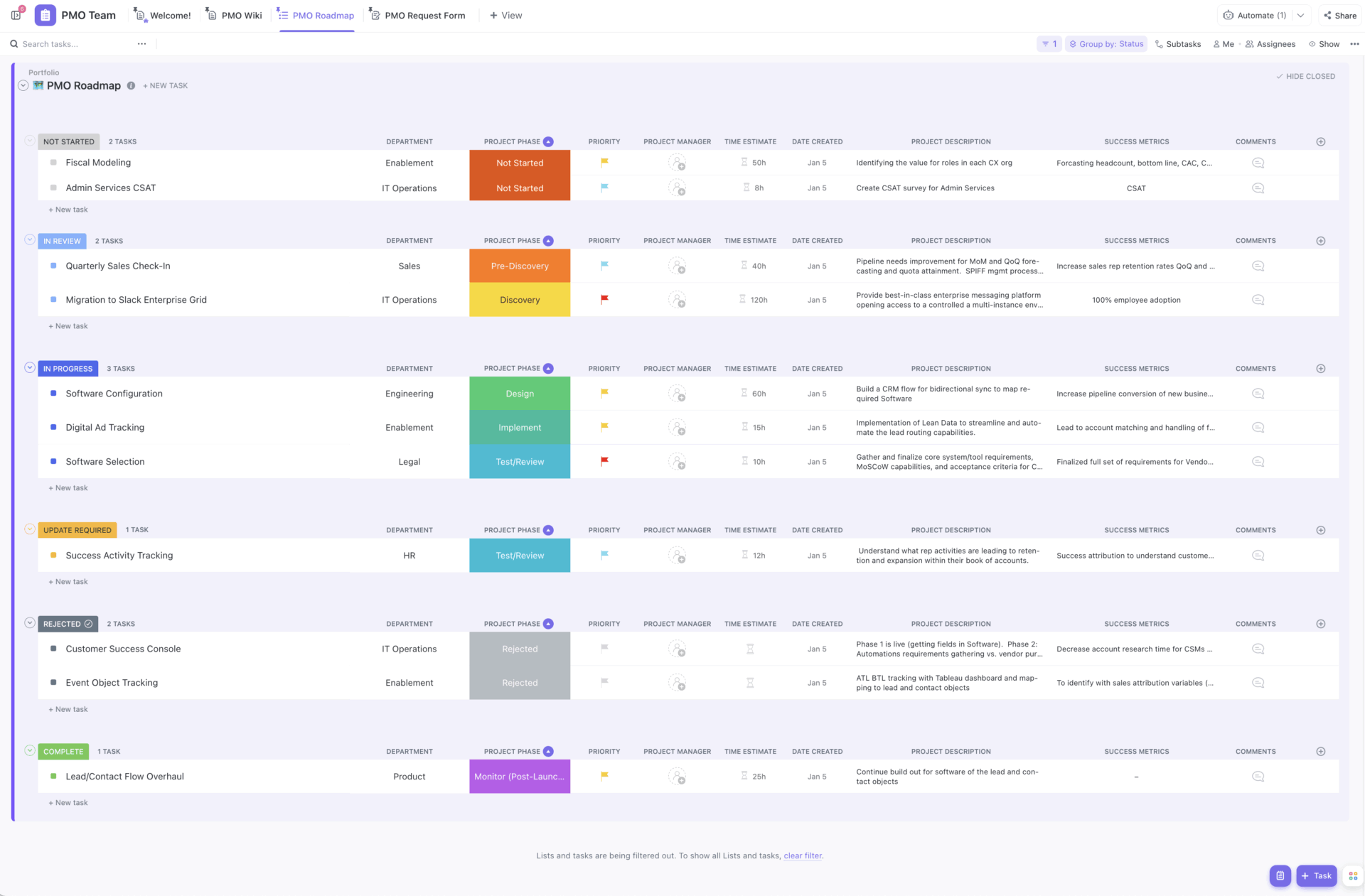Key Takeaways
- A new kind of traffic is quietly exploding: autonomous AI agents calling APIs and services on their own. This agent-driven outbound traffic is the missing layer in today’s AI infrastructure.
- AI Gateway is a middleware component through which all AI agent requests to external services are channeled.
- It serves as the control point for all AI-driven API calls – enforcing policies, providing visibility, and optimizing usage.
- AI Gateway reference design consists of integrated components like Traffic Interceptor, Policy Engine, Routing & Cost Manager, and Observability & Auditing Layer.
- A well-designed AI gateway and governance layer will be the backbone of future AI-native systems – enabling scale, safely.
In the rush to infuse AI into applications, a new kind of traffic is quietly exploding: autonomous AI agents calling APIs and services on their own. Large language model (LLM) “agents” can plan tasks, chain tool usage, fetch data, and even spin up subtasks – all via outbound requests that traditional infrastructure isn’t watching. This agent-driven outbound traffic (let’s call it agentic traffic) is the missing layer in today’s AI infrastructure. We have API gateways for inbound API calls and service meshes for microservice-to-microservice communication, but who’s governing the outgoing calls that AI agents are autonomously making?
Software architects and engineering leaders building AI-native platforms are starting to notice familiar warning signs: sudden cost spikes on AI API bills, bots with overbroad permissions tapping into sensitive data, and a disconcerting lack of visibility or control over what these AI agents are doing. It’s a scenario reminiscent of the early days of microservices – before we had gateways and meshes to restore order – only now the “microservices” are semi-autonomous AI routines. Gartner has begun shining a spotlight on this emerging gap. In their 2024 Hype Cycle for APIs, “AI Gateways” appear in the innovation-trigger phase as a nascent solution for managing AI consumption. The message is clear: we need a new aggregation and governance layer for AI agent traffic, and we need it soon.
The Rise of Agentic AI (and Its Defiant Outbound Calls)
Agentic AI marks a shift from simple text generation to autonomous action: LLMs now call APIs, chain tools, and execute tasks independently. With function-calling tools like OpenAI, LangChain, and others, agents can query APIs or databases on the fly. More advanced setups use planning loops like ReAct to autonomously pursue multi-step goals, effectively turning AI agents into runtime API clients.
This reverses the traditional API model. Instead of handling inbound traffic, applications now generate outbound API calls via their AI components. Gartner calls this “API consumption by generative AI”, noting the rising trend of LLMs as major API consumers. Developers are increasingly wiring up assistants and agents that flood APIs with requests to fulfill user prompts.
The problem? Most infrastructure wasn’t built for this. Traditional API gateways manage inbound traffic, but agentic calls often bypass them entirely, appearing as normal outbound HTTP requests. This leaves critical blind spots.
Early adopters are running into real issues:
- Unpredictable costs: Agents can spiral into runaway loops, racking up LLM or API usage unnoticed. A single misbehaving agent can trigger a budget blowout by repeatedly calling external services.
- Security risks: Giving agents broad credentials introduces danger. In one case, a GitHub-connected AI assistant was tricked via prompt injection into leaking private repo data – because its token had overly broad permissions.
- No observability or control: If an agent behaves oddly or dangerously, teams often lack visibility into what happened or why. Without proper telemetry or control loops, it’s hard to debug or intervene mid-execution.
This is a familiar engineering challenge in a new form: imposing governance on a new channel of activity. Just as past technology innovation waves like microservices and cloud APIs needed service meshes and gateways, agentic AI now demands its own governing layer. A new consensus is emerging – we need infrastructure built specifically to manage AI-driven traffic.
Lessons from Past Shifts: Gateways and Governance Emerge Every Time
Figure 1: Enterprise architecture showing API gateways for ingress traffic and AI gateways for managing outbound agentic traffic (reference)
Every major shift in software architecture eventually demands a mediation layer to restore control. When web APIs took off, API gateways became essential for managing authentication/authorization, rate limits, and policies. With microservices, service meshes emerged to govern internal traffic. Each time, the need only became clear once the pain of scale surfaced.
Agentic AI is on the same path. Teams are wiring up bots and assistants that call APIs independently – great for demos, but problematic in production when issues like cost overruns or insecure access arise. That’s when organizations realize they need structure, not duct tape.
Gartner has already flagged this trend, naming AI Gateways an emerging category in their 2024 API Management Hype Cycle. Vendors like Kong and Cloudflare are entering the space, alongside startups like Lunar.dev. The idea: if API exposure requires governance, so does AI-driven API consumption.
AI gateways flip the traditional model – managing how internal AI agents call out to external services. They offer features like prompt-aware policies, usage tracking, multi-LLM routing, and key protection – functions standard API gateways weren’t built for.
This isn’t a replacement for existing infrastructure, but a complement. Gartner envisions a dual-layer approach: traditional gateways for inbound traffic, AI gateways for outbound, creating a unified control plane across all API usage – human or AI.
Why AI Gateways Are Becoming Essential
Until recently, early adopters attempting to control LLM behavior relied on lightweight proxies or open-source “LLM routers”. These solutions were often narrow in scope – designed to route requests between models or inject credentials – but weren’t built for production-scale governance, cost management, or security enforcement.
While the concept of AI Gateways is still emerging, developers can bootstrap their own gateways using familiar open-source infrastructure:
Envoy Proxy: A powerful L7 proxy that supports filters and Lua/Wasm extensions. You can intercept outbound traffic and apply custom logic for rate limiting, header injection, or routing.
Example: Inject a dynamic API key into outbound LLM traffic:
http_filters:
- name: envoy.filters.http.lua
typed_config:
inline_code: |
function envoy_on_request(request_handle)
request_handle:headers():replace("Authorization", "Bearer my-token")
end
As AI agents grow more autonomous and protocols like Model Context Protocol (MCP) gain traction, the limitations of these DIY approaches are surfacing. What once seemed like an experimental setup is now producing unbounded API loops, runaway token costs, and unintended access to sensitive systems.
This shift is making it increasingly urgent for engineering leaders to reconsider how they manage outbound AI traffic. AI gateways are emerging as a foundational control layer – providing a consistent, scalable way to secure agentic behavior, optimize costs, and apply usage policies across rapidly evolving agent architectures.
AI Gateways: The Emerging Aggregation Layer for AI Agents
So, what exactly is an AI Gateway? At its core, it’s a middleware component – either a proxy, service, or library – through which all AI agent requests to external services are channeled. Rather than letting each agent independently hit whatever API it wants, you route those calls via the gateway, which can then enforce policies and provide central management.
In more detail, AI gateways are typically implemented as outbound proxies (AKA reverse API Gateways) that intercept and manage AI-agent-initiated traffic in real time. A common reference design consists of several integrated components:
- Traffic Interceptor: Captures all outbound HTTP traffic from agents or LLM runtimes.
- Policy Engine: Evaluates requests against dynamic rules – for example, applying rate limits, injecting headers, or rejecting unsafe prompts.
- Routing & Cost Manager: Determines which model or provider to call (e.g., OpenAI vs Claude), while tracking token usage and enforcing cost controls.
- Observability & Auditing Layer: Streams structured logs, metrics, and optional full HAR captures for debugging, monitoring, and compliance.

Figure 2: AI gateway managing outbound LLM and MCP traffic to external providers. (reference)
This architecture allows organizations to enforce guardrails on AI-driven traffic with minimal added latency, while gaining full visibility and control over which agents call what, when, and how.
Key functions include:
- Secure Credential Handling: The gateway stores and manages API keys, shielding them from agents and enabling key rotation or additional auth layers. This prevents prompt-based leaks or misuse.
- Rate Limiting & Quotas: AI agents often incur usage-based costs. Gateways can apply token-based limits or request quotas to prevent runaway costs and enforce budgets.
- Multi-Provider Routing: Instead of hardcoding API providers, gateways abstract the backend and route requests dynamically – optimizing cost, avoiding vendor lock-in, and supporting multi-LLM setups.
- Request Mediation & Augmentation: Gateways can inject policies, augment prompts (e.g., appending enterprise context), or enforce centralized retrieval steps – standardizing behavior across agents.
- Output Guardrails: Gateways scan and filter responses from AI services, flagging or blocking unsafe, offensive, or sensitive content before it reaches the end user.
- Data Privacy Enforcement: Gateways help enforce compliance by masking sensitive data or blocking suspicious outbound activity – addressing risks like unintentional data exfiltration.
- Caching & Performance Optimization: By caching responses (even semantically), the gateway reduces latency and API costs. It can also track and optimize latency and throughput.
In short, an AI gateway serves as the control point for all AI-driven API calls – enforcing policies, providing visibility, and optimizing usage. It helps organizations regain oversight over agentic traffic.
Since the space is still early, no single solution covers all needs. Teams should evaluate options based on their priorities – whether it’s cost control, security, or compliance. Starting with a lightweight proxy now and evolving later is a practical path as the ecosystem matures.
Navigating Security and Compliance for AI Agents
Even with a gateway in place, security and governance for autonomous AI agents remains a multifaceted challenge. It’s worth zooming in on a few specific concerns and how an aggregation layer can help address them (along with other practices):
- Authentication & Authorization: A major risk is agents acting beyond their intended scope. Gateways can enforce least privilege by mediating credentials and injecting short-lived, scoped tokens. Instead of relying on broad OAuth access, each agent-to-tool interaction can be tightly controlled. Some predict dedicated “MCP gateways” will emerge solely to handle secure agent-tool exchanges. The key is to treat agents like untrusted users – sandbox their permissions.
- Human-in-the-Loop Controls: For sensitive actions (e.g., large transactions), the gateway can pause execution until manual approval is given. This acts as a circuit breaker, balancing automation with oversight.
- Monitoring & Auditing: Aggregating agent traffic through a gateway enables rich logging. These logs – capturing who made what request, to where, with what result – should be fed into observability and SIEM tools. This allows teams to trace incidents, detect anomalies, and alert on unusual behaviors (e.g., usage spikes or access to new endpoints).
- Regulatory Compliance: Gateways can filter or tag sensitive data, ensuring agents comply with data privacy rules. They also provide clear, auditable records for how AI is used – crucial for meeting regulatory and ethical standards.

Figure 3: MCP aggregation point managing multiple MCP servers across the organization. (Reference)
MCP and A2A: Early Standards in the AI Agent Ecosystem
Model Context Protocol (MCP): Introduced by Anthropic, MCP is an emerging standard for connecting AI agents to tools and data. It lets developers define connectors once, enabling any MCP-compliant agent to use them – much like “USB-C for AI agents”. This simplifies integrations and decouples agents from specific LLMs.
But easier access brings security risks. Agents could misuse connectors with overly broad permissions or fall victim to prompt injection or “silent redefinition” attacks. Strong scoping, sandboxing, and gateway-based controls are essential to prevent abuse.
Agent2Agent (A2A): Google’s A2A protocol focuses on agent collaboration – allowing agents to pass tasks and data between each other. This supports more complex workflows but increases the risk of cascading failures or misuse, highlighting the need for oversight and governance layers.
Multiple standards are forming – OpenAI tools, LangChain protocols, Cisco’s ACP, and others. While all aim to streamline AI agent development, they also introduce inconsistencies and potential vulnerabilities. Organizations should adopt carefully, securing agent-tool interactions with proper auth, audit, and policy enforcement – ideally through a dedicated AI gateway.
Preparing Your Infrastructure (and Team) Now
We’re still in the early days of agentic AI, which makes this the perfect time to lay foundations before usage explodes. Engineering leaders can begin building lightweight frameworks, policies, and tooling to prepare for scale.
Start with visibility: Audit where agents are already running autonomously – chatbots, data summarizers, background jobs – and add basic logging. Even simple logs like “Agent X called API Y” are better than nothing. Route traffic through proxies or existing gateways in reverse mode to avoid blind spots.
Enforce hard limits: Set timeouts, max retries, and API budgets. Kill loops that burn tokens or dollars needlessly. Circuit breakers work for microservices – apply the same thinking to agents.
Add a gateway layer: You don’t need a commercial solution immediately. Repurpose tools like Envoy, HAProxy, or simple wrappers around LLM APIs to control and observe traffic. Some teams have built minimal “LLM proxies” in days, adding logging, kill switches, and rate limits.
Define organization-wide AI policies: Set rules for AI agent behavior – like restricting access to sensitive data or requiring human review for regulated outputs. These policies can be enforced through the gateway and through developer training.

Figure 4: Restricting access to AI agents according to company policy. (Reference)
Encourage experimentation, safely: Let teams explore, but sandbox, agents. Use fake data, test accounts, and ensure every experiment can be halted fast if something goes wrong. Assume failures, and contain them.
The rise of agentic AI is exciting but without governance, it invites chaos. Just as companies built cloud governance in the last decade, today’s orgs need AI agent governance. Fortunately, many of the patterns are familiar: proxies, gateways, policies, monitoring. Start now, while the stakes are low. A well-designed AI gateway and governance layer will be the backbone of future AI-native systems – enabling scale, safely.











